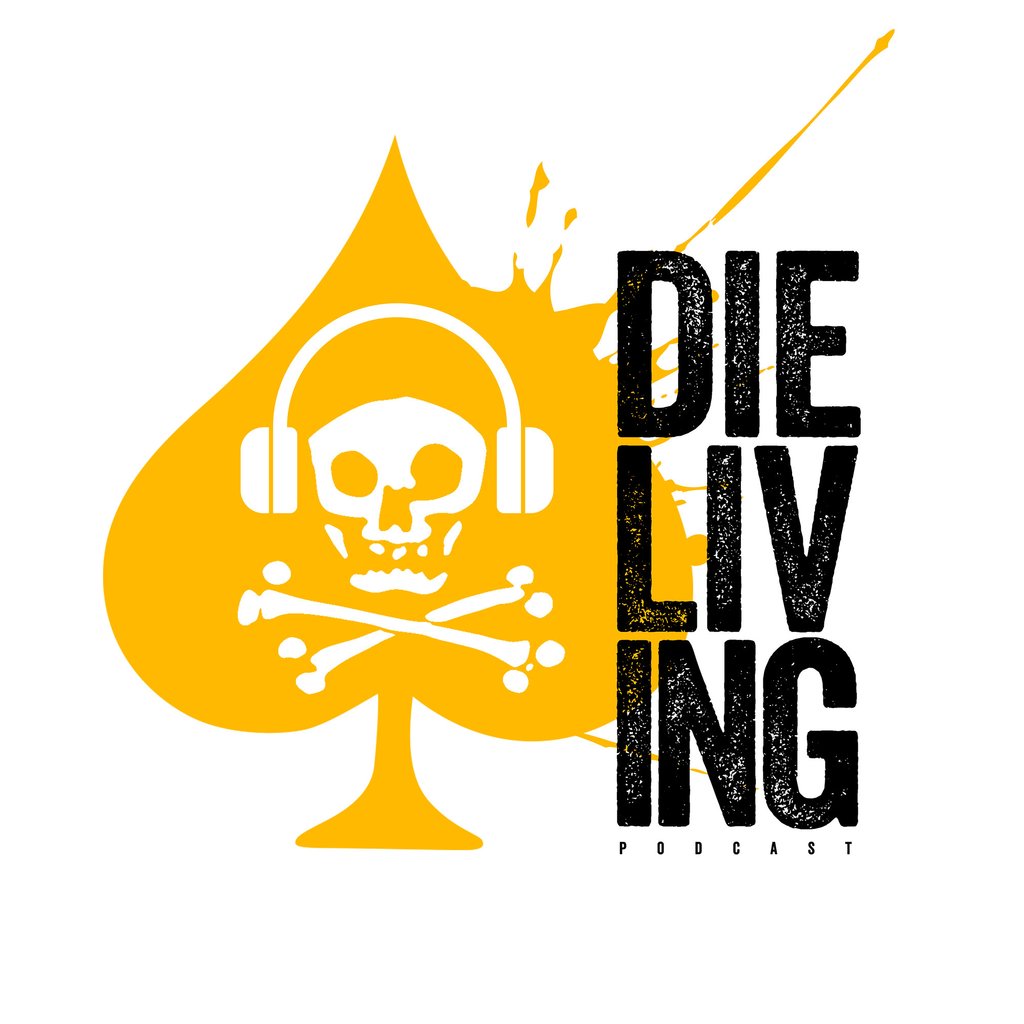It only took the United States Army about four decades to take positive steps towards reexamining how it measures fitness in its soldiers. In part one of this post, we looked at how we got here as a force. By October 2020, all soldiers, regardless of age or gender, will be required to take the new Army Combat Fitness Test - or ARCT - which is a six-event test that measures muscular strength, muscular endurance, power, flexibility, coordination, speed, agility, cardiovascular endurance, balance and reaction time.

This event looks to broaden the Army’s scope and definition while measuring different aspects of overall fitness. The current test, as many of you know, consists of two minute events of push-ups and sit-ups followed by a two-mile run. From an athletic standpoint, this undoubtedly leads false sense holistic athletic performance. Fit people could do well on an Army PT test but just because you did well on an Army PT test doesn’t mean you are fit. All events take place within a single plane of motion which in no way mimics the reality of the current dynamic, direction changing nature of our current engagements.
The Events:
Deadlift
The deadlift event is similar to the one found in the Occupational Physical Assessment Test, or OPAT, which is now given to new recruits to assess lower-body strength before they are placed into a best-fit career field. With a proposed weight range of 120 to 420 pounds and using a hex bar as opposed to a traditional straight bar, the ACRT will require soldiers to perform three deadlifts (whereas OPAT only requires one), with the weight increasing after each rep. The event can simulate picking up ammunition boxes, a wounded battle buddy, duffel bags or other heavy equipment.
Standing power throw
Soldiers toss a 10-pound ball backwards as far as possible to test explosive muscular explosive that may be needed to lift themselves or a fellow soldier up over an obstacle or to move rapidly across uneven terrain.
T push-up
In this event, soldiers start in the prone position and do a traditional push-up, but when at the down position they move their arms outward and then back in to do another push-up. This allows for additional upper body muscles to be exercised.

Sprint/drag/carry
As they dash twenty-five meters, five times up and down a lane, soldiers will perform sprints, drag a sled weighing ninety pounds, then hand-carry two forty-pound kettlebell weights. This can simulate pulling a battle buddy out of harm's way, moving quickly to take cover, or carrying ammunition to a fighting position or vehicle.
Leg tuck
Similar to a pull-up, soldiers lift their legs up and down to touch their knees/thighs to their elbows as many times as they can. This exercise strengthens the core muscles since it doubles the amount of force required compared to a traditional sit-up.
Two-mile run
Same event as on the current test. In the ACRT, run scores are expected to be a bit slower due to all of the other strenuous activity.
_______________________________________________________________________
Scoring for the event is still being considered while the United States Army conducts limited tests with select units across the force.
This type of test will have multiple second and third order effects on the force. First and foremost, this test will force a holistic approach to training. NCO’s and Officers will be forced to incorporate a hybrid style of athletic training which focuses not just muscular endurance but aerobic capacity as well. In short, this test will demand a more physically well-rounded soldier and rather than favoring the “quick skinny guy” or “the guy with a big neck.”

Second, it is a proven fact that balanced physical training programs reduce injury. A more holistic approach to physical training, along with ensuring soldiers use the correct form when lifting heavy objects, would be a game-changer in lowering injury rates. Historically, military members suffer from chronic lower back, hip and shoulder issues which typically stem from moving a load improperly, whether that be themselves, a buddy or even a barbell. By incorporating heavy lifts into the test, soldiers will be forced to learn how to properly lift heavy objects if they hope to succeed.
From a leadership standpoint, this test will undoubtedly thin the force due a higher demand on complete performance. And if we’re being honest, the fat on the herd needs to be trimmed, anyway. As Military Times first reported in September of 2016, 7.8 percent of the entire military — roughly one in every thirteen troops — has a BMI that is too high. This rate has crept upward since 2001, when it was just 1.6 percent, or one in sixty, according to Defense Department data. The Army, albeit with larger numbers than the other branches, are leading this charge with the highest percentages of overweight soldiers.
Change is slow in any Department of Defense organization, and with nearly two years left to implement this plan, we can expect some changes from big Army but though it be a slow step it is a step in the right direction of building a fitter force.
[supplement-ad]





Leave a comment
This site is protected by hCaptcha and the hCaptcha Privacy Policy and Terms of Service apply.